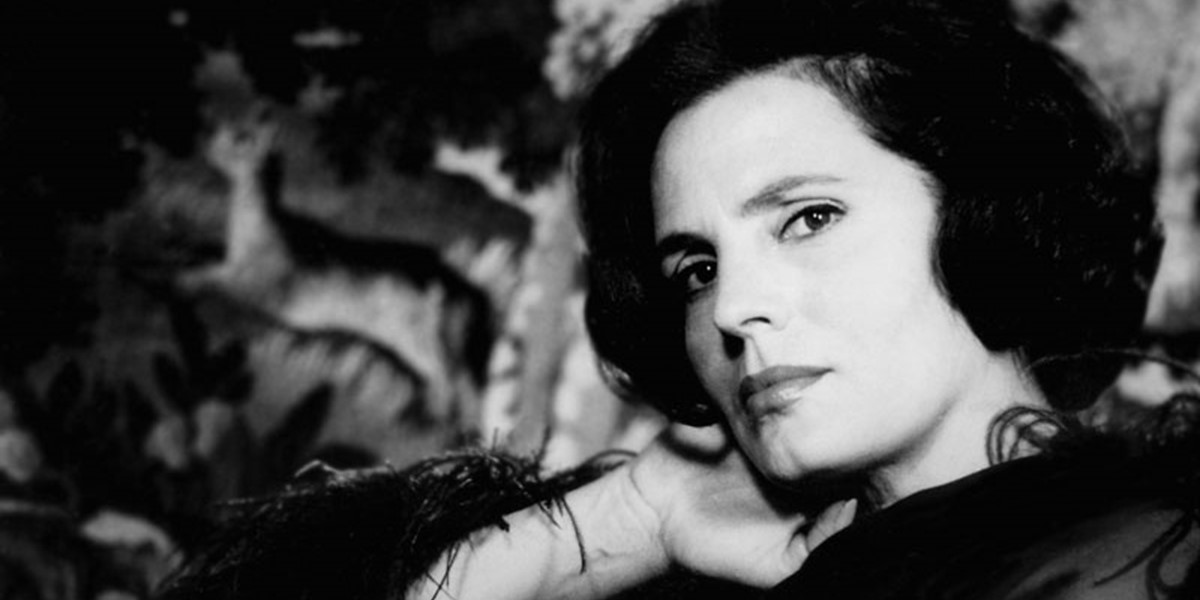Tuesday, July 17, 2018
The Rough Guide to World Music: Portugal
By Isabel de Lucena , Andrew Cronshaw
Portugal is best known as the home of fado, the passionate and elegant music of Lisbon and Coimbra

Amália Rodrigues (Augusto Cabrita)

Register now to continue reading

Thanks for visiting the Songlines website, your guide to an extraordinary world of music and culture. Sign up for a free account now to enjoy:
- Free access to 2 subscriber-only articles and album reviews every month
- Unlimited access to our news and awards pages
- Our regular email newsletters

